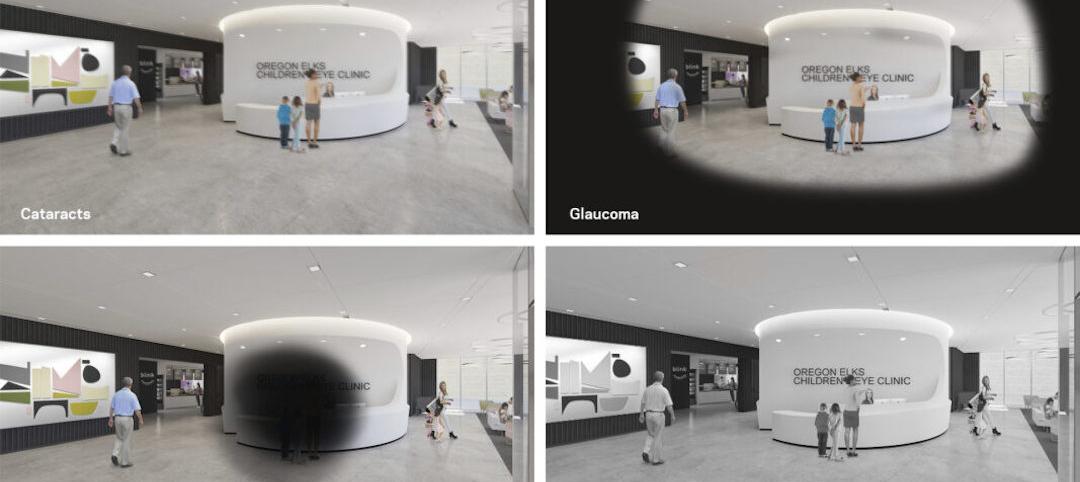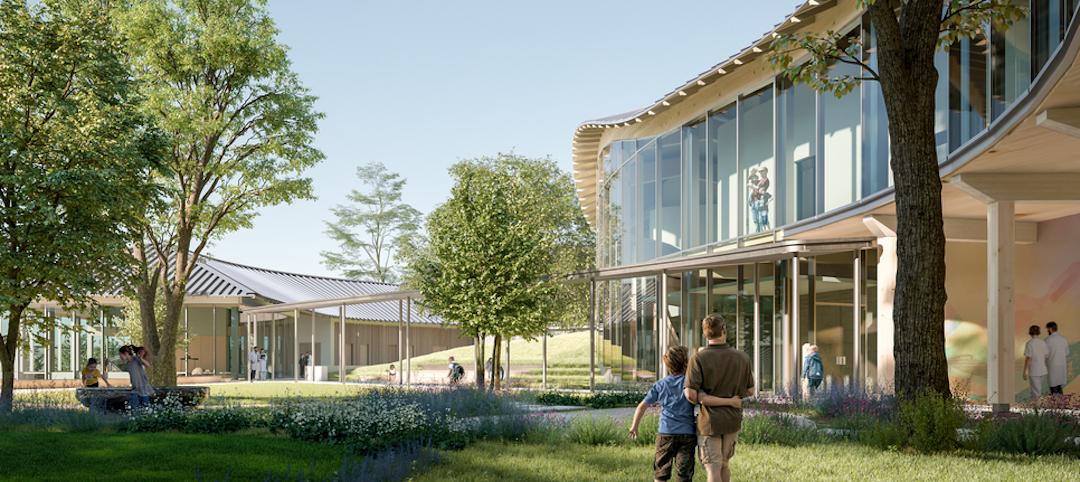Computational tools—which harness the power of computation to streamline decision making—were once considered “nice to have.” Now they are integral to the design process. So why should clients care?
The reason is simple. Computation gives planners and designers the ability to quickly translate thousands or even millions of data sets into actionable insights. Not only does this lead to better engagement with clients and the community, it also creates more successful projects.
While important to all aspects of design, it is especially relevant to planning neighborhoods, districts and cities. Here, we explore three main opportunities—and corresponding real-world examples—for the use of computational tools in urban planning projects.
1. Simplify the Design Process to Create More Tailored Outcomes
Computational tools can simplify the planning and design process by allowing project teams to organize and analyze mountains of data sets into leverageable insights.
Example: At Louisiana State University (LSU) in Baton Rouge, planners were tasked with developing a comprehensive long-term master plan grounded in data. Using computational tools, the project team was able to translate over a terabyte of data related to land use, ground water information, topography, trees, and use and conditions data about each building and room on campus into models.
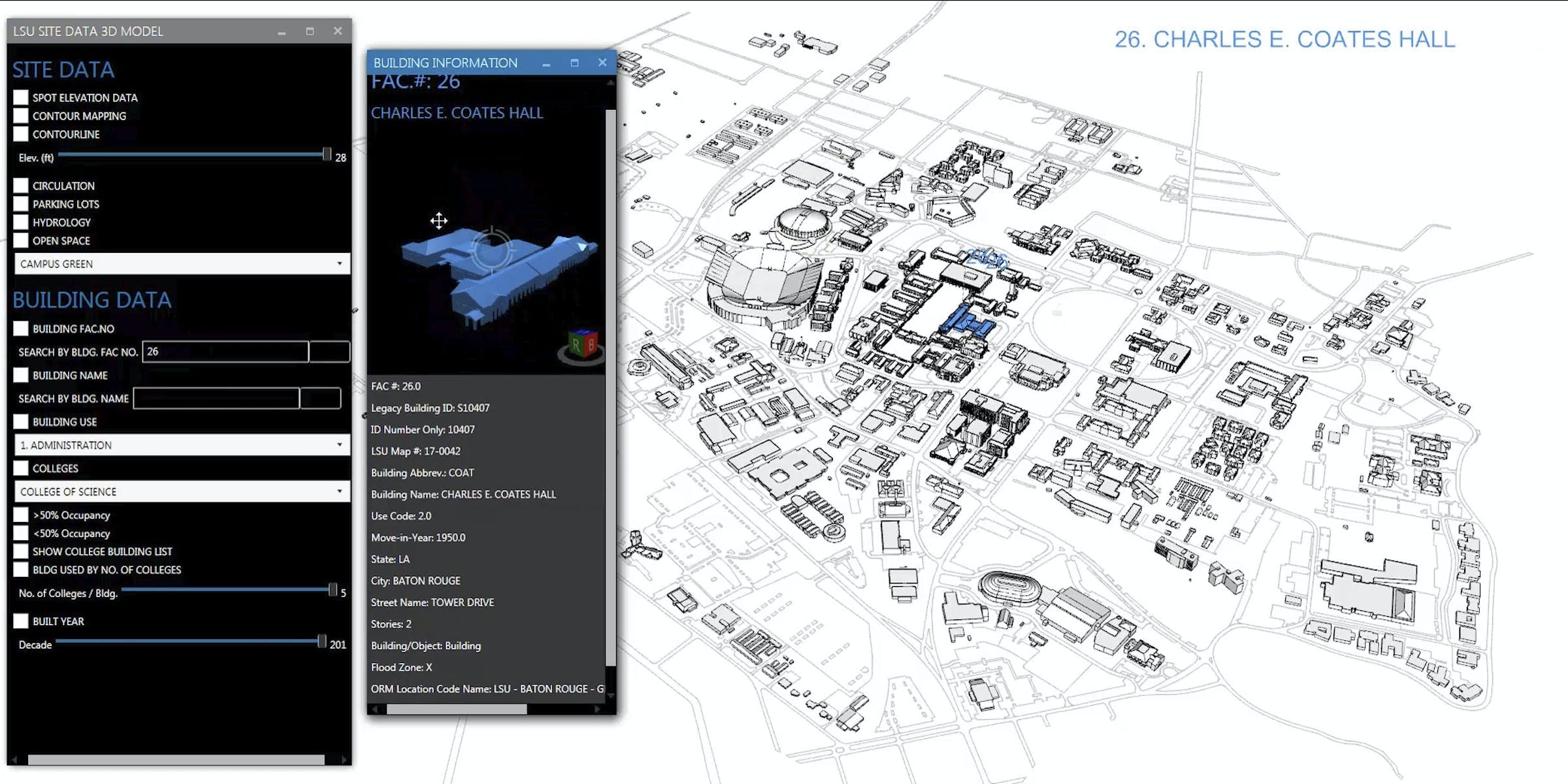
These models quickly showed how planning decisions would affect physical space and identify use patterns and opportunities. Further, the insights helped the university decide which facilities could be renovated or replaced, pinpoint the best areas for new investments, identify the most strategic targets for limited capital funding, and budget for the most impactful interventions on their historic land-grant campus.
2. Deepen Community Engagement, Co-Design, and Input
Computational tools can make the planning process—and outputs—empathetic by giving communities more transparency into the design process, and more opportunities to provide feedback and build consensus with other stakeholders.
Example: On the LSU project, a 24-7 data exchange portal allowed planners to get input from students and staff on how they travel throughout the campus, including their typical paths and modes of travel, and note how they feel while moving across campus. On another project, the Wilburton Commercial Area plan, an upzoning planning study in Bellevue, Wash., citizens advisory committee members were able to mark up a 2D map of the area with crayons which became automatic inputs for 3D tools, generating different city forms based on the land use ideas.
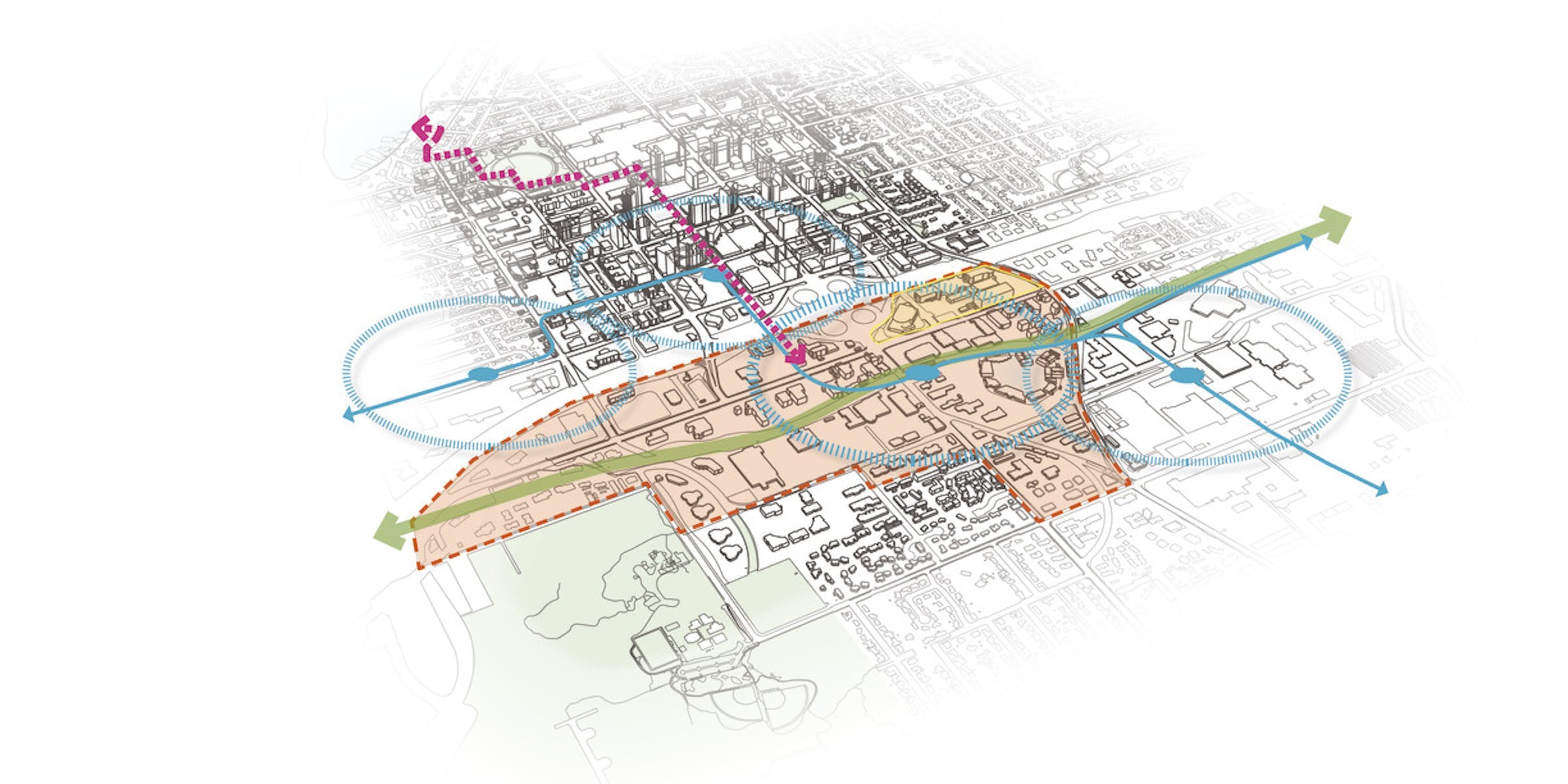
This rapid visualization enabled quick iteration to build consensus around numerous differing inputs and collectively determine next steps.
3. Computational Tools Empower Clients to Make More Informed Decisions
Computational tools make the design process more collaborative by providing clients with the tools to make objective and informed decisions.
Example: The Oak Ridge National Laboratory in Knoxville, Tenn.—the largest US Department of Energy science and energy laboratory—needed to develop an interactive 3D GIS-based decision-making tool to guide its multi-year planning and budgeting process for facilities and supporting infrastructure on the 300-acre Experimental Gas-Cooled Reactor (EGCR) campus.
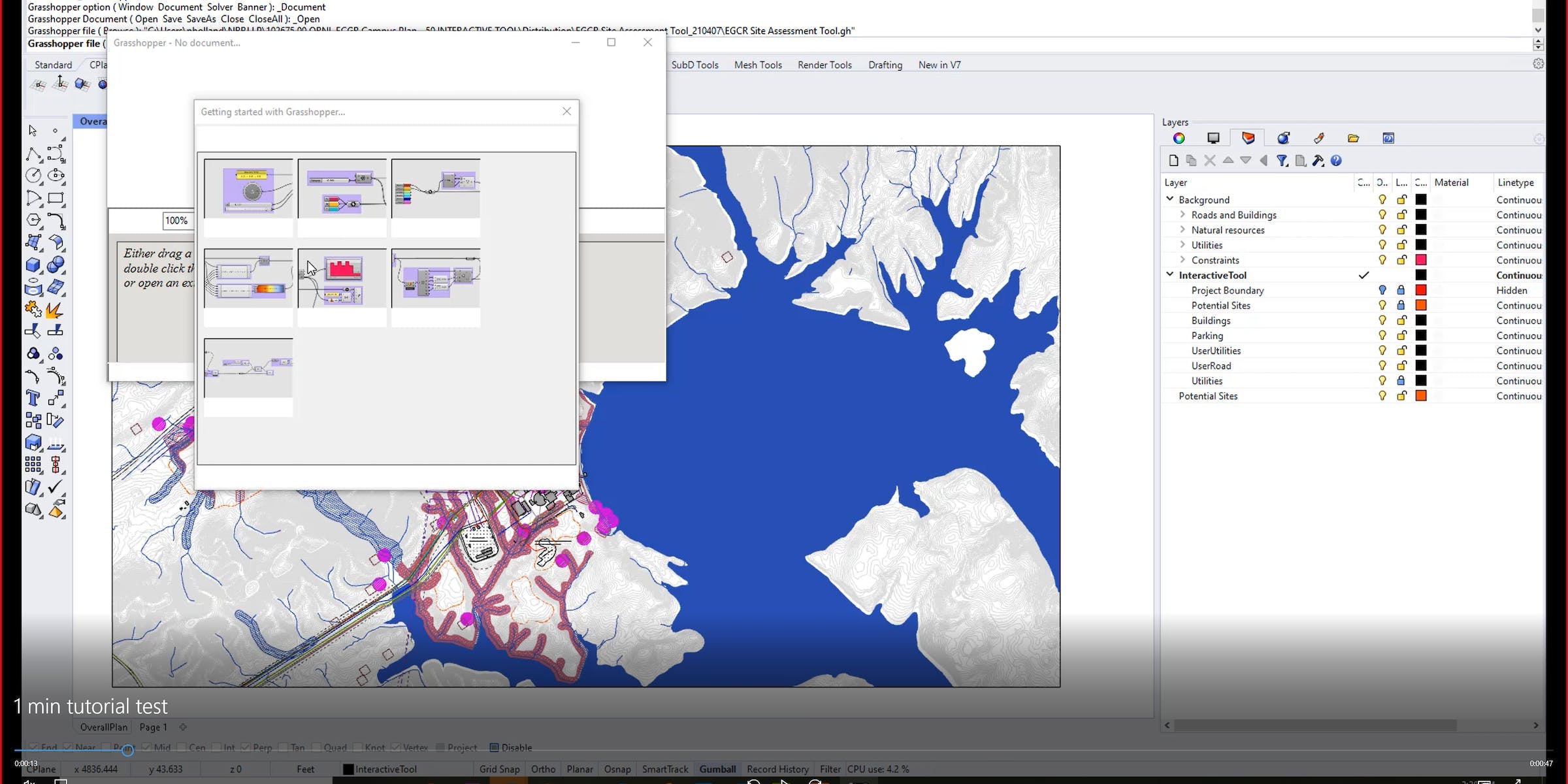
In response, the planning team created a tool with an easy-to-use interface that allows a user to easily manipulate physical campus planning scenarios and test and compare development options for feasibility and cost implications. The tool is now being used by the client team to test out potential sites on their campus to locate development projects as the need arises.
One important thread that weaves through the examples above is the growing interdependence between designers and planners, and the tools they use. The artful interweaving of data and information with empathy and intuition can improve our urban environments and create lasting results for clients and the community.
More from Author
NBBJ | Oct 3, 2024
4 ways AI impacts building design beyond dramatic imagery
Kristen Forward, Design Technology Futures Leader, NBBJ, shows four ways the firm is using AI to generate value for its clients.
NBBJ | Jun 13, 2024
4 ways to transform old buildings into modern assets
As cities grow, their office inventories remain largely stagnant. Yet despite changes to the market—including the impact of hybrid work—opportunities still exist. Enter: “Midlife Metamorphosis.”
NBBJ | May 10, 2024
Nature as the city: Why it’s time for a new framework to guide development
NBBJ leaders Jonathan Ward and Margaret Montgomery explore five inspirational ideas they are actively integrating into projects to ensure more healthy, natural cities.
NBBJ | Oct 18, 2023
6 ways to integrate nature into the workplace
Integrating nature into the workplace is critical to the well-being of employees, teams and organizations. Yet despite its many benefits, incorporating nature in the built environment remains a challenge.
NBBJ | Jan 17, 2023
Why the auto industry is key to designing healthier, more comfortable buildings
Peter Alspach of NBBJ shares how workplaces can benefit from a few automotive industry techniques.
NBBJ | Aug 4, 2022
To reduce disease and fight climate change, design buildings that breathe
Healthy air quality in buildings improves cognitive function and combats the spread of disease, but its implications for carbon reduction are perhaps the most important benefit.
NBBJ | Feb 11, 2022
How computer simulations of vision loss create more empathetic buildings for the visually impaired
Here is a look at four challenges identified from our research and how the design responds accordingly.
NBBJ | Jan 7, 2022
Supporting hope and healing
Five research-driven design strategies for pediatric behavioral health environments.
NBBJ | Nov 23, 2021
Why vertical hospitals might be the next frontier in healthcare design
In this article, we’ll explore the opportunities and challenges of high-rise hospital design, as well as the main ideas and themes we considered when designing the new medical facility for the heart of London.
NBBJ | Aug 18, 2021
20 years after developing the first open core hospital design here is what the firm has learned
Hospitals have traditionally used a “racetrack” layout, which accommodates patient rooms around the exterior and situates work areas and offstage functions in a central block.








